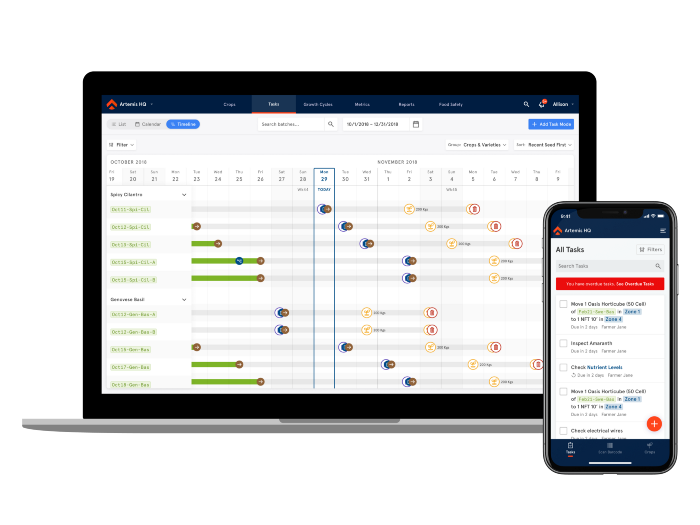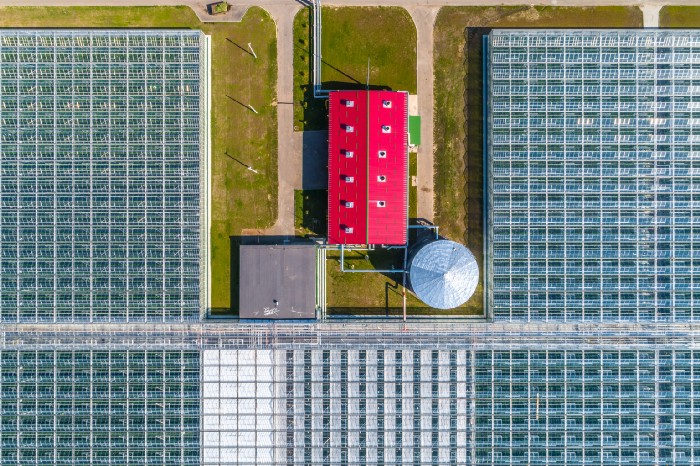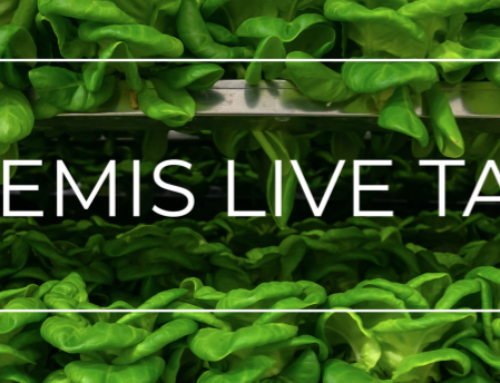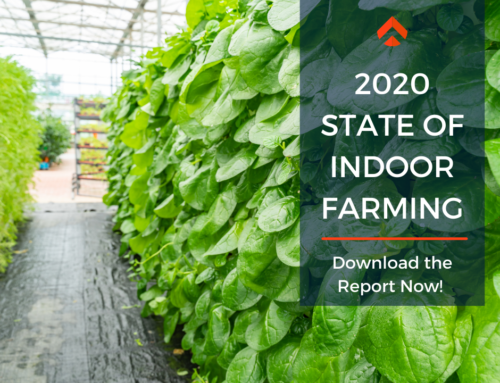Every commercial operator we’ve spoken with in the past decade has either implemented ERP (Enterprise Resource Planning) software or is vetting vendors currently. ERP systems have become commonplace for any process-heavy operation and agriculture is no different. Growers have to plan labor, production, manage invoicing and logistics, forecast inventory, and more. It’s no easy feat keeping production running smoothly without the right systems.
ERP systems have been able to scale quickly because they are horizontal applications, transferrable in any industry. The same system can be used to control a farm and a factory. If you need to control horizontal functions — payroll, billing, inventory tracking, logistics, etc. — there is really no better option than a tried and true ERP system.
Despite the market penetration, these systems do have their weaknesses. They’re expensive, difficult to implement, and they are not industry specific.
If you’re a grower, you know how difficult it is to compete in this low margin, high risk business. It doesn’t matter what you grow or how you grow it, all crop production is vulnerable to environmental changes, pests, disease, tight regulations, and labor issues. An ERP can’t help manage any of these risks. Instead you’re left with a gaping hole in your operation. ERPs are essential, but they aren’t an absolute solution.
Imagine running your business without an ERP and managing payroll and invoicing using pen and paper. That’s what you’re currently doing with the most important aspect of your business — cultivation.
Growers have had to become logistics experts, sales forecasters, analysts, and managers just to keep up with the requirements to run a facility well. What if growers didn’t have to focus on those functions? What if, instead, they could focus on what you hired them to do in the first place — growing great products?
We believe in a movement away from pen and paper — introducing digital, easy to use, fully integrated tools into your operation so that managing resources — from plants to people — becomes seamless and automated. ERPs are great, but they’re not enough. You need an ERP for cultivation.
Meet the Cultivation Management Platform (CMP)
A Cultivation Management Platform, or CMP, is the bread and butter of any farm’s operation.

Without an ERP, you would leave your business open to risk every day. Without a CMP, you leave your production open to risk — risk you can’t afford. If you are managing compliance logs by hand, you leave your facility open to error and missing reports that could keep you from meeting compliance standards or open you up to expensive fines. Planning labor needs based on rough estimates calculated in spreadsheets on a regular basis, planning production by hand each week based on current contracts and customer needs — these are time intensive tasks that pull your team away from focusing on crops, and they’re expensive if you don’t get them right.
What should your CMP do for you?
Growers know the daily pain of changing responsibilities and unexpected risk. For business owners, a CMP may look like just another system with another expense and lots of training needed.
Today, companies are selling you something that is new and separate from your other systems. We’re different. We recognize you’ve chosen an ERP system. You have chosen your climate control system. And you probably like them — or they at least get the job done for you.
A CMP should integrate with all of your systems, easily. It should be intuitive, yet comprehensive. It should have a support team that works with you on your time, not theirs. Perhaps most importantly, it should work out-of-the box, but also be innovative. We release new features on a bi-weekly basis. If you have an idea for a feature, tell us. We don’t just sell software. We sell a partnership, a solution. Your success is ours. Let’s work together.






Leave A Comment